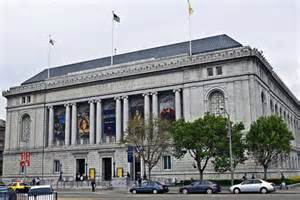Mar 4 2016 - Jun 8 2016
Asian Art Museum of San Francisco
San Francisco, CA
Travel back in time more than 400 years to an era when the globe was being mapped and its wonders discovered. The Asian Art Museum presents two rare masterpieces of 17th-century cartography, the result of early collaborations between Jesuit priests and Chinese scholars sharing knowledge and curiosity about the world.
The 1602 Ricci map, developed by Matteo Ricci while in China, is the earliest known Chinese map to depict the Americas. The 1674 Verbiest world map, created by Ferdinand Verbiest for the Chinese court, is being exhibited for the first time ever. Through these large-scale woodblock-printed maps, discover how much of the world’s geography and ethnography was known at this early date, including the longest river in Africa, the peninsula of Florida, the fish-skin clothing of the far north and the feathered garb of Amazonian peoples.
Two interactive digital displays reveal translations describing the peripheries of the “known world”: lands where giants paint their faces, oceans with mermaids and flying fish, and a kingdom inhabited by foot-tall humans who live in constant fear of being devoured by hawks. With easy access to GPS technology, the world is now literally at our fingertips. These maps transport us to an age when tremendous effort was required to understand the contours of the world and to record (and imagine) the marvels within it.
Exhibition overview from museum website
Whether you go or not, China at the Center: Ricci and Verbiest World Maps illustrates the exchange of information (and misinformation) between Europe and Asia. The world maps created by Jesuit priests Matteo Ricci and Ferdinand Verbiest for the Chinese courts tell fascinating stories about the meeting of two worldviews. They provided Europeans with greater knowledge of China and the Chinese with new ideas about geography, astronomy, and the natural sciences. The maps also show the ways that certain myths were perpetuated, especially as seen in the vivid and imaginative descriptions of the peoples and places of the world and in their depictions of exotic fauna.
Exhibition Venues & Dates
Mar 4 2016 - Jun 8 2016
Asian Art Museum of San Francisco
San Francisco, CA

